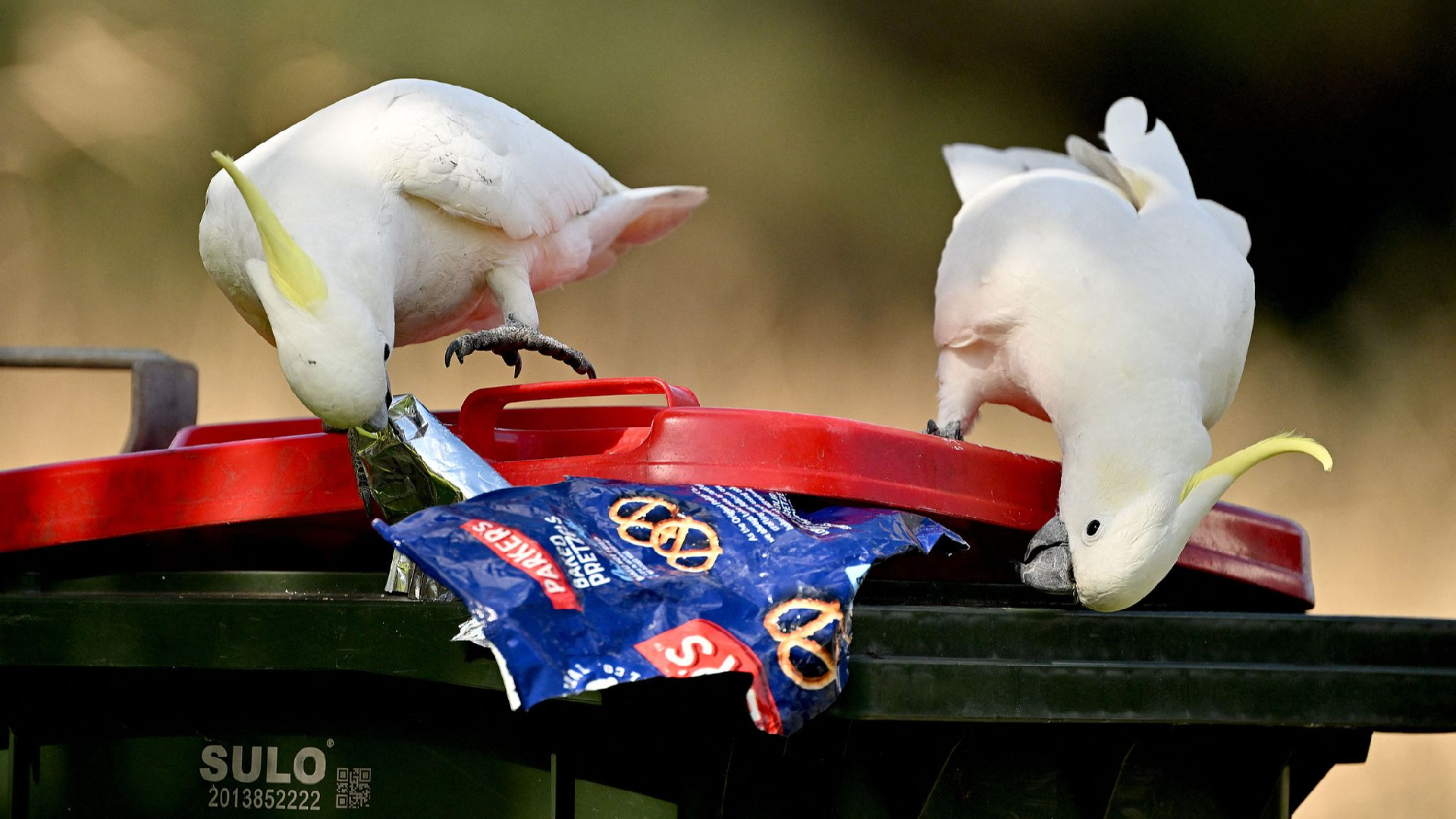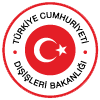New satellite tool spots plastic waste on beaches


<img src='https://news.cgtn.com/news/2024-10-31/New-satellite-tool-spots-plastic-waste-on-beaches-1y9tYdn8nEA/img/8eea1c1ea4ed49418fe5459437c7e256/8eea1c1ea4ed49418fe5459437c7e256.png' alt='A screenshot of a section of the study published in the Marine Pollution Bulletin journal, October 31, 2024. /courtesy of Marine Pollution Bulletin'
Australian researchers have developed a new method to detect plastic waste on beaches from space, which could greatly improve coastal clean-up efforts. The new tool, called the Beached Plastic Debris Index (BPDI), was created by a team from RMIT University in Melbourne and was published in the Marine Pollution Bulletin on Thursday. It uses satellite images to spot plastic by analyzing how it reflects light differently from sand and water.
Existing satellite technology can track plastic waste floating in the ocean, but it struggles with plastic on shorelines, where it blends in with the sand. The BPDI solves this by using high-definition data from the WorldView-3 satellite, which orbits Earth 617 kilometers above ground. It allows the team to accurately differentiate plastic from natural beach elements.
To test the method, researchers placed 14 plastic targets, each about two square meters in size, on a beach in Victoria, Australia. The targets represented different types of plastic materials and were smaller than the satellite’s pixel size of approximately three square meters. The BPDI was then tested against three existing indices designed for detecting plastic, and it outperformed them all, showcasing a superior ability to discern plastic-contaminated areas, even in challenging environments where shadows and water coexist.
Lead researcher Jenna Guffogg, PhD, said plastic on beaches can be harmful to wildlife, as animals often mistake it for food or become entangled.
“Remote island beaches have some of the highest plastic densities in the world, and we’re seeing more plastic waste on the remote shorelines of northern Australia,” said Guffogg. If not removed, plastic breaks down into micro and nano plastics, which further harm ecosystems.
<img src='https://news.cgtn.com/news/2024-10-31/New-satellite-tool-spots-plastic-waste-on-beaches-1y9tYdn8nEA/img/40cac452f9c24470859fe145a0a4cc59/40cac452f9c24470859fe145a0a4cc59.jpeg' alt='Cockatoos look for food in a garbage bin near restaurants in the New South Wales coastal city of Wollongong, Australia, August 30, 2022. /CFP'
Co-author Mariela Soto-Berelov, PhD, noted a broader implication of the research, saying that satellite imagery’s ability to regularly cover large and remote areas makes it an effective tool for tracking plastic pollution. This can help us understand where plastic accumulates and plan clean-up efforts, aligning with global goals to protect oceans and coastlines.
The urgent need for effective plastic detection tools grows as pollution surges. The UN Environment Programme estimates 75 to 199 million tonnes of plastic now contaminate our oceans, with projections showing waste could nearly triple from 9 million to 14 million tonnes per year in 2016 to a projected 23 million to 37 million tonnes per year by 2040 if current production and disposal practices persist. The BPDI provides a scalable solution for tracking and removing plastics, and the RMIT team seeks partnerships for real-world testing.
Guffogg led the study as part of her PhD at RMIT University and the University of Twente in the Netherlands. The research was supported by the Australian Government Research Training Program, with satellite imagery provided by DigitalGlobe.


